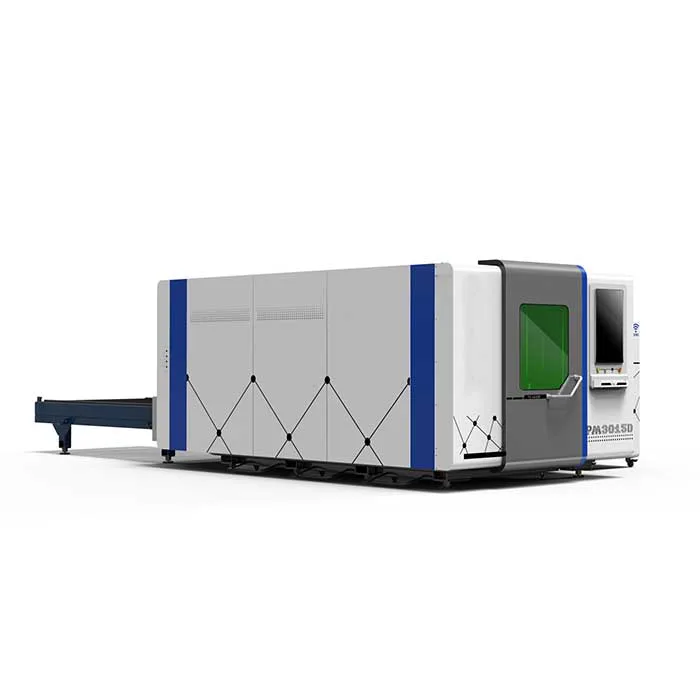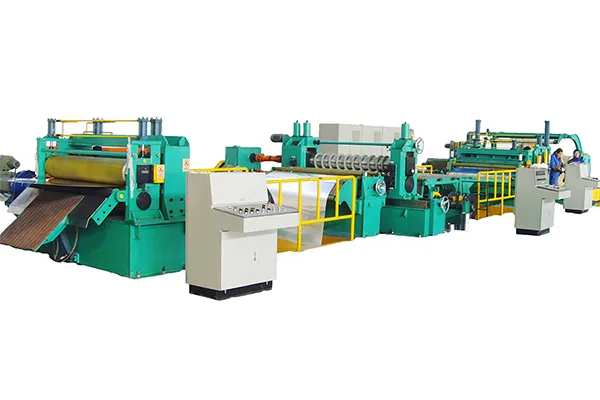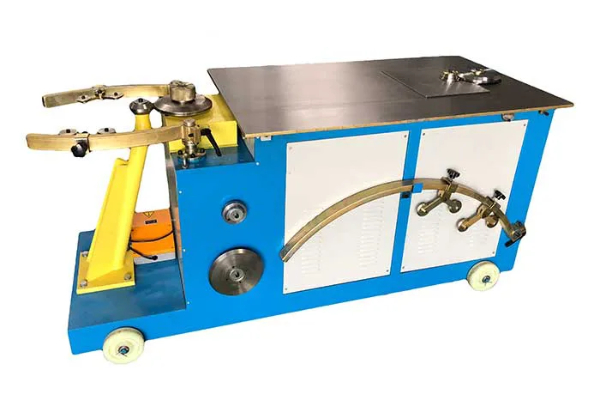
The History of Metal Shearing- From Ancient Tools to Modern Machines
- By:Metmac
- 2024-05-17
- 1542
“The History of Metal Shearing: From Ancient Tools to Modern Machines” delves into the fascinating evolution of metalworking, showcasing the ingenuity of inventors who transformed the craft of shaping metal into an industrial powerhouse. This article takes a comprehensive look at the milestones, innovations, and impact of metal shearing throughout history.
Ancient Origins
Metalworking techniques emerged thousands of years ago, with early civilizations using simple hand tools like chisels and punches to cut metal. As societies advanced, so did metalworking methods. The Egyptians and Romans developed more sophisticated cold-cutting processes, such as cold-sawing and chisel cutting, which allowed for greater precision and efficiency.
The Industrial Revolution
The Industrial Revolution witnessed a surge in metalworking advancements. The invention of the steam engine provided the power for larger and more powerful machines, including the rolling mill and guillotine shear. These machines enabled mass production of metal sheets and plates, paving the way for the rise of industries such as shipbuilding, construction, and manufacturing.
Power Shearing Machines
The 19th century saw the advent of powered shearing machines. Mechanical and electric shears replaced manual labor, further streamlining metalworking processes. These shearing machines were designed with adjustable blade clearances, allowing for greater flexibility and precision in cutting different metal thicknesses.
Modern Innovations
The 20th century brought about a plethora of innovations in metal shearing. The invention of the plasma cutter and waterjet cutter introduced new non-mechanical cutting methods. These techniques produced cleaner cuts and reduced material distortion, revolutionizing the production of complex shapes and intricate metal components.
Computer-Aided Technology
In the digital age, computer-aided manufacturing (CAM) has transformed metal shearing. CNC (computer numerical control) shearers utilize advanced software that guides the machine’s movements, resulting in highly precise and consistent cutting operations. CAD/CAM (computer-aided design/manufacturing) software further enhances efficiency by automating the design and programming of cutting parameters.
Laser Cutting
Laser cutting emerged as a cutting-edge technology in the late 20th century. This advanced process uses a high-powered laser beam to cut metal with precision and speed. Laser cutters offer advantages such as minimal heat-affected zones, narrow kerfs, and the ability to cut intricate designs in a wide range of materials.
Conclusion
“The History of Metal Shearing: From Ancient Tools to Modern Machines” chronicles the remarkable evolution of metal shearing, from its humble beginnings to its pivotal role in modern industries. Through continuous technological advancements, metal shearing has become an indispensable process, enabling the production of countless products and structures that shape our world.
-
Mastering Form and Force: A Guide to Modern Metal Plate Bending Machines
2025/12/16 -
Demystifying Sheet Metal Laser Cutting Machine Price: The METMAC Value Perspective
2025/12/16 -
Metal Sheet Machinery: The Engine of Modern Fabrication and the METMAC Advantage
2025/12/16 -
Beyond the Bend: The Power and Precision of the Modern Sheet Profile Machine
2025/12/16
-
Advanced Sheet Metal Rolling, Laser Cutting, and Folding Machines for Precision Fabrication
2025/10/31 -
High-Performance Sheet Metal Bending and Cutting Machines for Modern Fabrication
2025/10/31 -
High-Quality Sheet Metal Equipment for Sale: Efficient Solutions for Modern Manufacturing
2025/10/31 -
High-Performance Sheet Metal Equipment for Sale: Forming and Shearing Solutions for Modern Fabrication
2025/10/22
-
A Guide to the Latest Innovations in Sheet Metal Folding Machines
2024/11/29 -
Key Features to Consider When Investing in a Sheet Metal Folding Machine
2024/11/28 -
Enhancing Precision with Advanced Sheet Metal Folding Machines
2024/11/27 -
How to Choose the Right Sheet Metal Folding Machine for Your Workshop
2024/11/26







